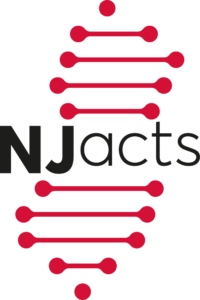 Please read Dr. Chen’s article in Artificial Intelligence in Medicine titled, “DI++: A deep learning system for patient condition identification in clinical notes.“
Please read Dr. Chen’s article in Artificial Intelligence in Medicine titled, “DI++: A deep learning system for patient condition identification in clinical notes.“
The percentage of U.S. hospitals with an Electronic Health Record (EHR) system has grown from 9% in 2008 to a striking 99% in 2016. Accurately recording a patient’s medical conditions in EHR systems is the basis of effectively documenting patient status, coding for billing, and supporting data-driven clinical decision making. However, a patient’s conditions are often not completely or accurately captured in structured EHR systems using designed codes due to the tight time constraints in the provider environment, the large number of codes available and physicians’ fatigue in documentation. Studies show that physicians spend as much as 49.2% percent of their time on documenting EHRs. On the other hand, besides explicitly coding patient conditions in structured EHRs, physicians often provide detailed documentation of a patient’s conditions, related evidence, history, treatment plans, and clinical outcomes in unstructured clinical notes. The flexibility of free-text narratives enable physicians to easily record patient information, and provides a valuable resource that complements the information available in structured EHRs. Studies show that extracting medical information from unstructured clinical notes can significantly enrich the information in structured EHRs such as patient conditions medication and adverse drug reactions. To read the full article.
DI++: A deep learning system for patient condition identification in clinical notes. Shi J, Gao X, Kinsman WC, Ha C, Gao GG, Chen Y. Artif Intell Med. 2022 Jan;123:102224. PMID: 34998515 PMCID: PMC8832473 DOI: 1016/j.artmed.2021.102224 Epub 2021 Dec 2.
